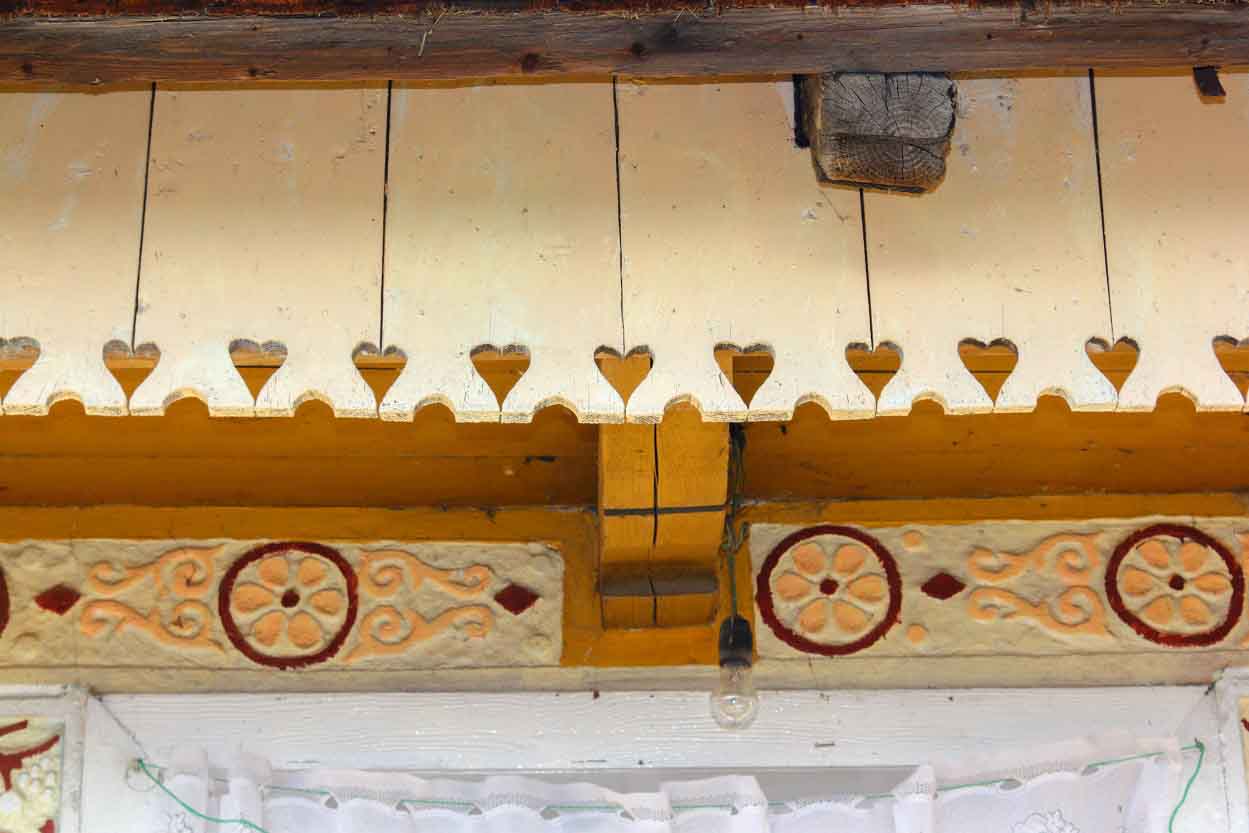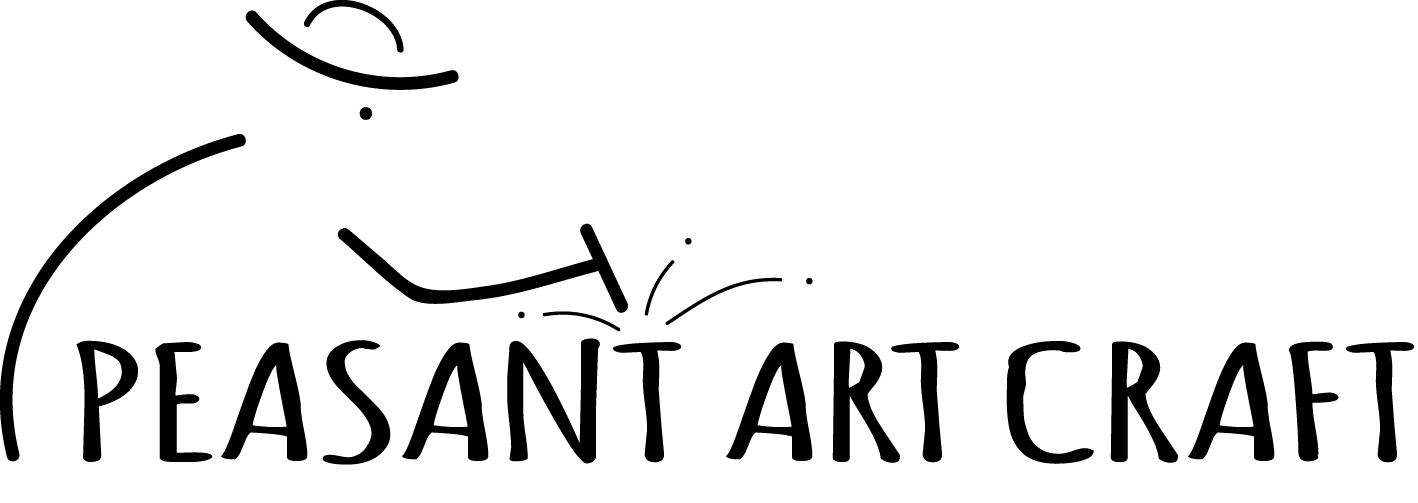The painted and carved traditional Romanian houses that can be seen in Romanian villages are manually sculpted, carved and painted in a diversity of colors and motifs. All aspects of the peasant’s lifestyle show a deep connection with the nature. The motifs on their clothes, dowry boxes, paintings and carvings are all inspired by nature. They are the result of spending a great deal of time growing and harvesting their food. Even their shelters made of wooden tiles don’t stand out, but rather merge with the nature.


Throughout the villages of Bucovina, there are countless painted and carved traditional Romanian houses, but here’s the one we like to visit the most: our grandmother’s house. This Romanian traditional house is a good example. The house was built in the 1930′ s, on a river stones foundation. The exterior design is quite interesting. It makes it look like a fairy tale house.
It is surrounded by a veranda, with a simple gateway in the carved wood fence.
It has an exterior passage with a small gate, a place where people often spend time away from the sunlight or rain. Clothes are hung here to dry. Carved wood elements, are meant to enhance it’s beauty. The wooden columns have been sculpted into hexagonal shapes, with a square base, then whittled. The walls have been decorated with a lime plaster mixture, then manually painted.

The floral patterns never miss from any aspect of peasant people’s life. They are to be found in architecture, paintings, carvings, clothing.The fine details prove a sense of aesthetics, fact also proven by the artistic textiles created within rural Romania‘s communities.

Such houses can be admired throughout Bucovina, and they are different from each other. You won’t find two peasant houses alike. Even if the architecture is the same, the colors and ornaments are different. Their creation emerges from the mysterious depths of their soul, shaped with pride and outlined by each one’s identity.














Leave a Comment